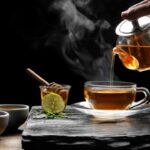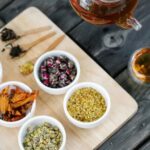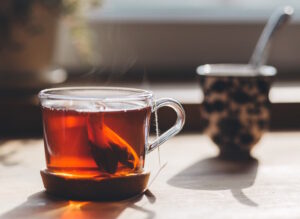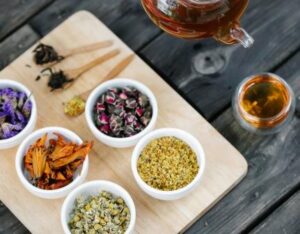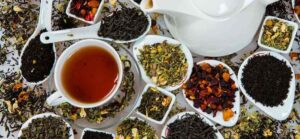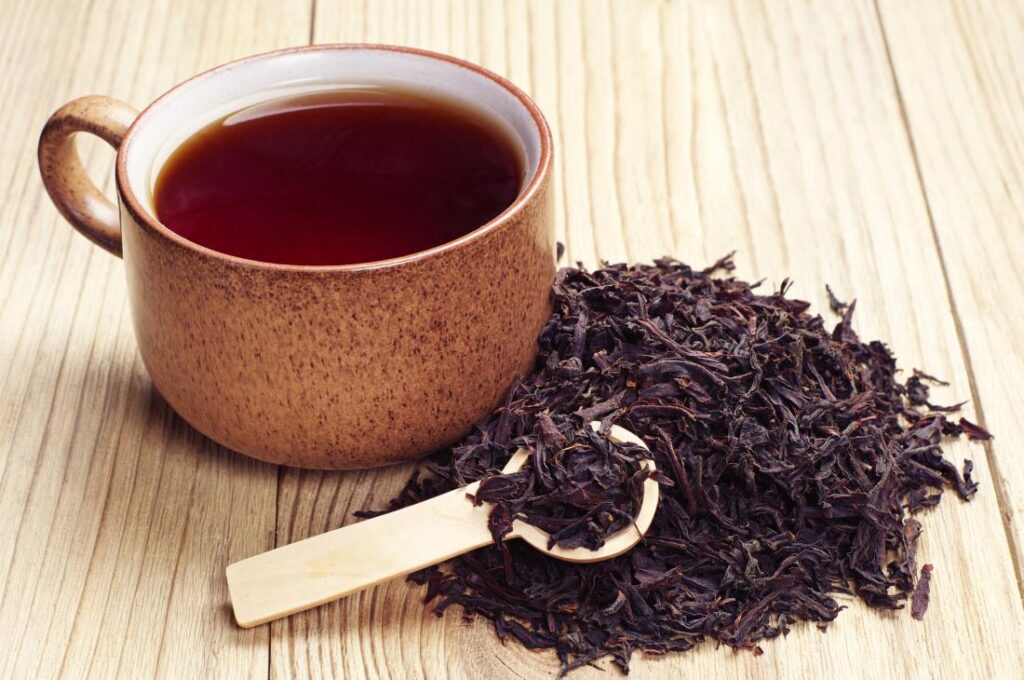
What is Black Tea?
What is Black Tea?
Beloved for its strong taste and wide range of options, black tea has been one of the most popular beverages in the world for hundreds of years.
When people talk generally of tea in Western culture, they’re often referring to black tea. iced tea, afternoon tea…these well-known categories of tea are typically made using black tea. Even the popular English Breakfast and Earl Grey blends are made from black tea leaves.
What separates black tea from other varieties is its long oxidation process. The tea leaves are left to dry and darken until they are packed with more tannins, antioxidants, caffeine, and, above all, flavor2. Black tea also boasts an extremely long shelf life; if stored properly, it can stay fresh for two to three years. Below, we rounded up our favorite options in a number of categories, flavors, and prices to help you find the perfect cuppa.
This is in contrast to Eastern culture—in countries like China and Japan—where tea typically refers to green tea. So what’s the difference between black and green tea? And how did black tea become so popular in the West?
Caffeine content in black tea
Between coffee, black tea and green tea, coffee generally has the most caffeine content per cup, then black tea, followed by green tea. But, like any beverage brewed from a caffeinated plant, there are a lot of factors that can determine caffeine levels in your cup of black tea, including how the plant was processed and how the beverage was brewed. Some generally accepted guidelines for caffeine content are:
| 8 oz. Beverage | Avg. Caffeine Content |
| Green Tea | 24 to 40 mg |
| Black Tea | 14 to 61 mg |
| Brewed Coffee | 95 to 200 mg |
Black Tea Processing (Orthodox): Withering → 1st Rolling → Oxidizing/Fermenting → Drying (110°C/65°C)
Black Tea Processing (Non-Orthodox/CTC): Withering → Cutting/Tearing/Curling → Oxidizing/Fermenting → Drying (130°C/90°C)

